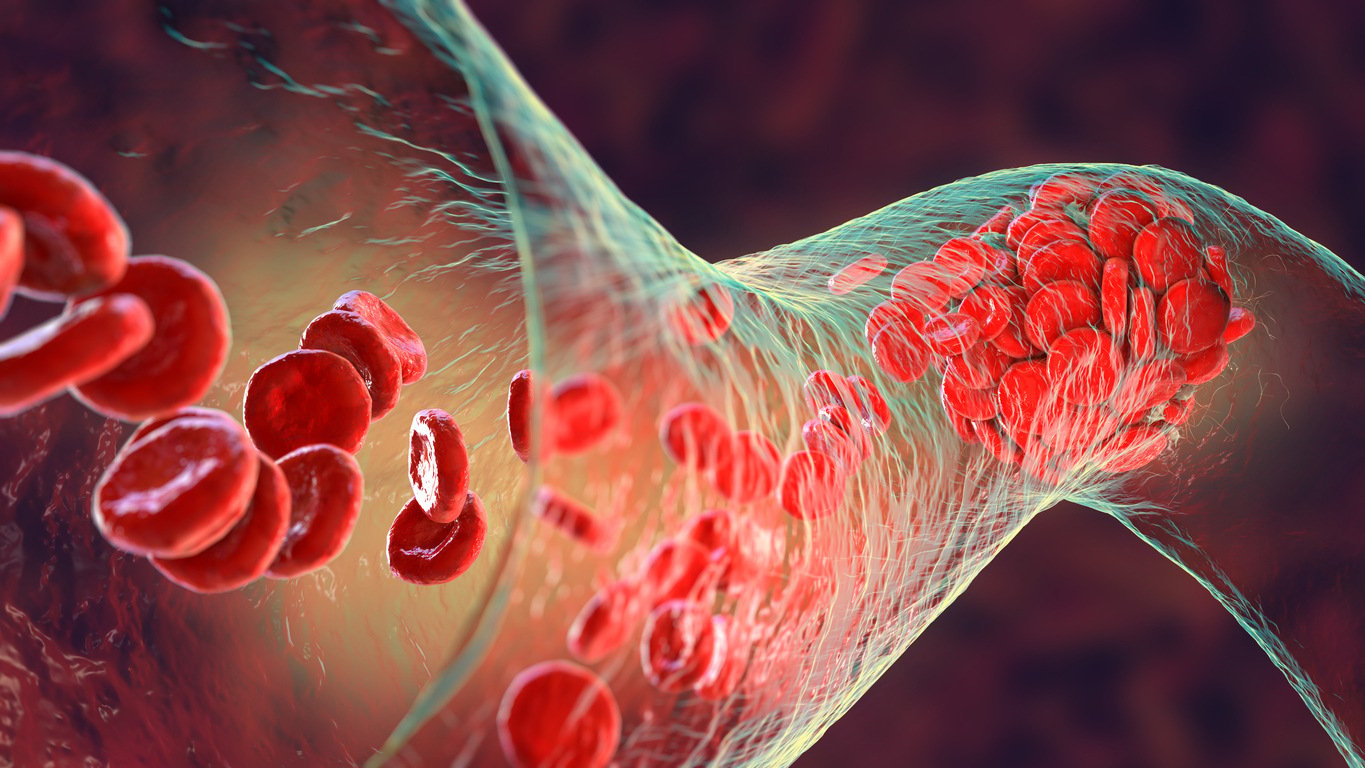Deep Vein Thrombosis (DVT) is a serious condition that occurs when a blood clot forms in a deep vein, typically in the legs. Prompt diagnosis and treatment are crucial to prevent complications such as pulmonary embolism. However, the journey to recovery from DVT doesn't end with initial treatment. Follow-up procedures play a vital role in ensuring optimal recovery and reducing the risk of recurrence.
Why Follow-Up Matters
DVT increases your risk of developing another clot. Regular check-ins with your doctor allow them to monitor your progress and adjust your treatment plan if needed. This proactive approach can significantly reduce your chances of experiencing a recurrence.
What to Expect During Follow-Up Visits
- Medication Monitoring: Blood thinners are the cornerstone of DVT treatment. Depending on the medication you're on, your doctor might need to monitor your blood clotting time through regular blood tests. This helps ensure you're receiving the right dosage for optimal effectiveness while minimizing bleeding risks.
- Symptom Assessment: Be sure to report any lingering leg pain, swelling, or redness, as these could indicate a new clot.
- Lifestyle Modifications: Your doctor will likely discuss ways to reduce your risk factors for future clots. This might involve recommendations for maintaining a healthy weight, increasing physical activity, and quitting smoking.
- Compression Stockings: These specialized garments help improve blood flow in your legs and may be recommended for long-term wear.
Duration of Blood Thinners
One of the key aspects of DVT treatment is the use of anticoagulant medications, commonly referred to as blood thinners. These medications help prevent the formation of new blood clots and reduce the risk of existing clots growing larger. The duration for which someone should remain on blood thinners varies depending on several factors, including the severity of the DVT, the presence of underlying conditions, and individual risk factors.
In general, patients with a first episode of DVT provoked by a temporary risk factor (such as surgery, trauma, or sitting for long periods of time) may require anticoagulation for about 3 to 6 months. However, if the DVT is unprovoked or associated with ongoing risk factors (such as cancer or inherited clotting disorders), the duration of anticoagulation may extend beyond 6 months and sometimes indefinitely. The decision on how long to continue blood thinners should be made in consultation with a vascular physician, taking into account the individual’s overall health and risk profile.
Importance of Follow-Up Ultrasound
Follow-up ultrasound imaging is an essential component of DVT management. After initial treatment with blood thinners, a follow-up ultrasound helps assess the status of the clot. It allows our doctors to determine if the clot has dissolved (a process known as thrombolysis) or if there are any residual clots that require further management.
Typically, follow-up ultrasound is recommended:
- Within 1-2 weeks: This early follow-up helps evaluate the response to initial treatment and guides further management decisions.
- At 3-6 months: For patients on long-term anticoagulation, periodic ultrasound scans may be performed to monitor for clot recurrence or assess the development of post-thrombotic syndrome (PTS), a complication that can occur after DVT.
Individualized Care and Monitoring
It’s important to note that DVT treatment and follow-up care should be individualized based on each patient’s unique circumstances. Factors such as age, overall health, presence of other medical conditions, and lifestyle factors (such as smoking or obesity) can influence the approach to DVT management and follow-up.
In addition to medication and imaging studies, ongoing monitoring and education are key components of DVT care. You should be aware about signs and symptoms of DVT recurrence or complications, such as acute leg pain, swelling, warmth, or redness, and encouraged to seek medical attention from a vascular specialist if these symptoms occur.
Follow-up procedures for DVT treatment are essential for monitoring response to therapy, assessing clot resolution, and preventing complications. Working closely with healthcare providers and adhering to recommended follow-up protocols can help ensure optimal outcomes for individuals recovering from DVT.
Don't hesitate to ask your doctor any questions you have about your DVT or follow-up care. The more informed you are, the better equipped you'll be to manage your condition and live a healthy life.









.jpg?width=944&name=Castle-Connolly-Top-Doctors-Emblem-Large%20(4).jpg)